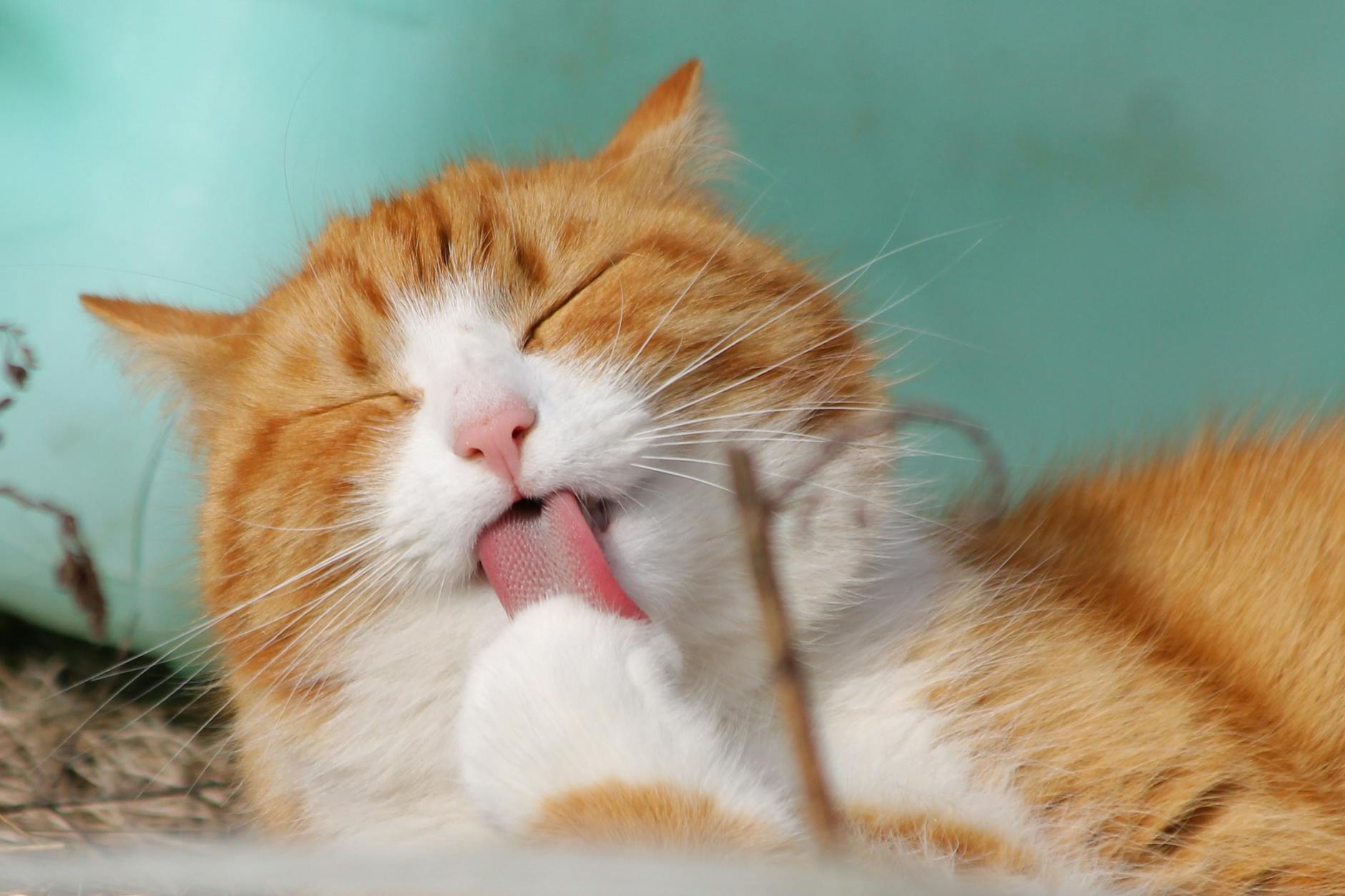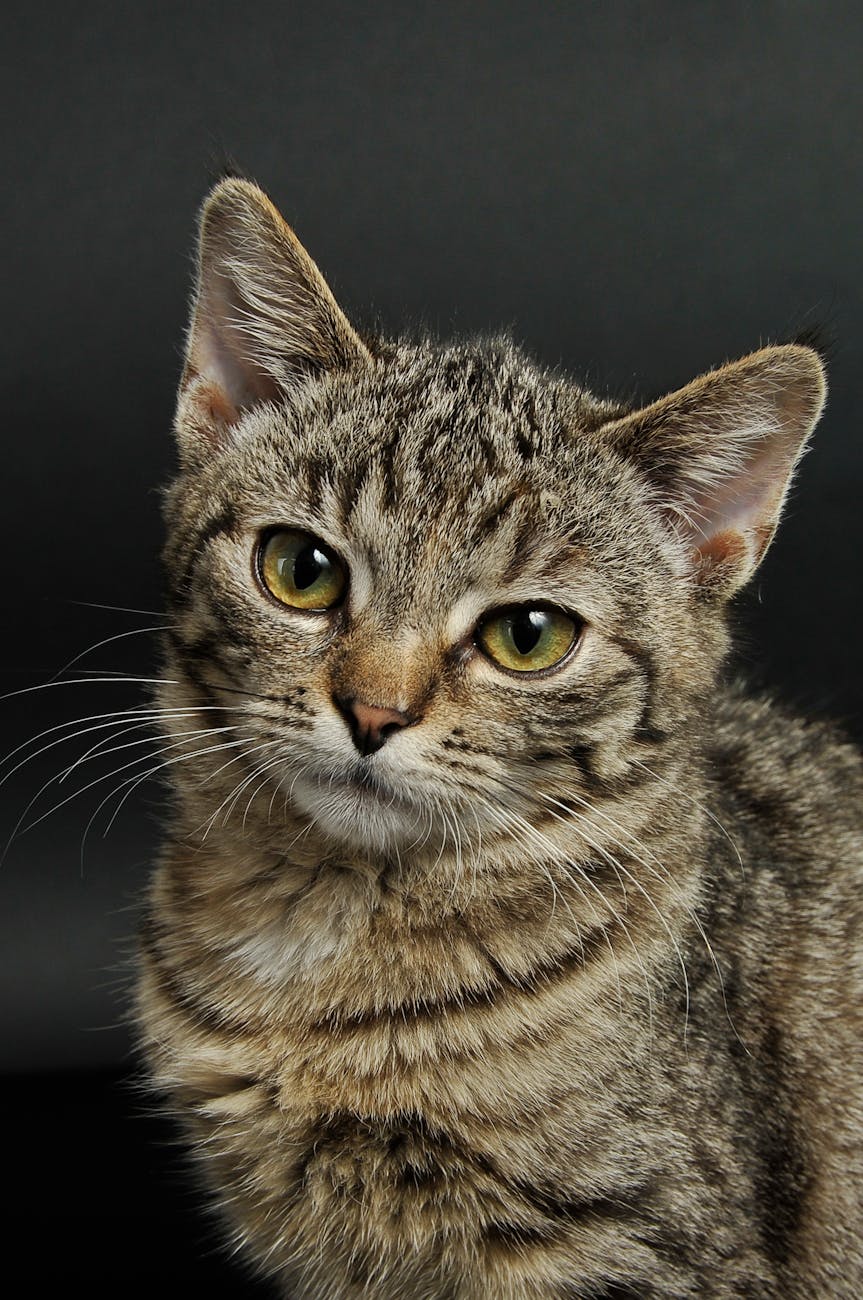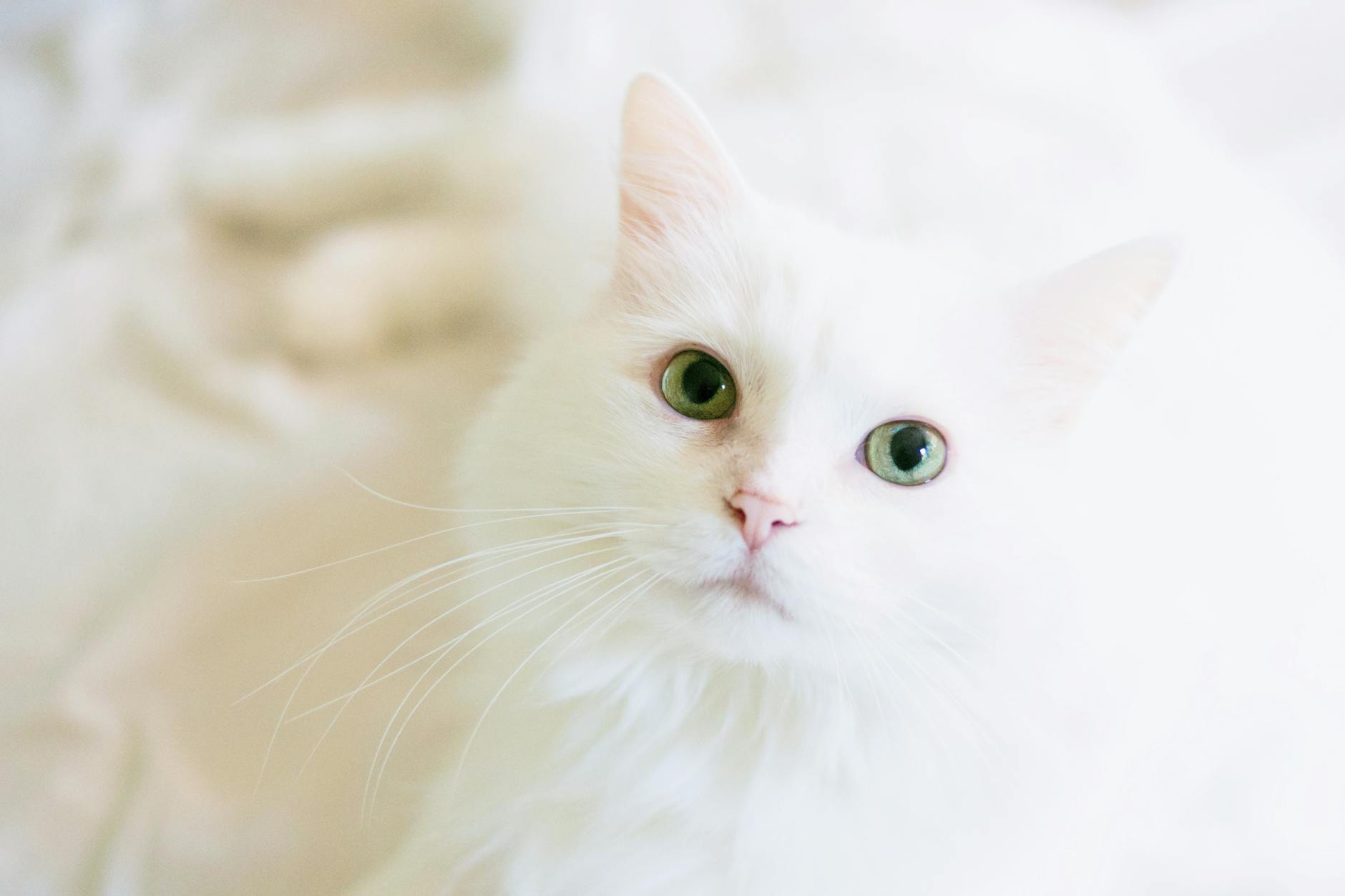Doxycycline for cats serves as a vital antibiotic treatment for various bacterial infections. As a versatile and widely used medication, it effectively addresses conditions like respiratory and urinary tract infections. Understanding how doxycycline works allows pet owners to grasp its importance in feline health. In this blog post, we will explore the uses, dosage guidelines, potential side effects, and when to seek professional veterinary advice regarding doxycycline for your furry companions. This knowledge empowers you to make informed decisions about your cat’s health and well-being.
What is Doxycycline and How Is It Used for Cats?
Doxycycline is a broad-spectrum antibiotic from the tetracycline class, widely used for treating various bacterial infections in cats. Veterinarians often recommend doxycycline for its effectiveness against an array of pathogens, including Gram-positive and Gram-negative bacteria.
Key Uses of Doxycycline for Cats:
- Respiratory Infections: Effective in treating infections such as pneumonia.
- Tick-borne Diseases: Often prescribed for conditions like Lyme disease.
- Chlamydia and Mycoplasma Infections: Targets specific bacterial infections in cats.
Doxycycline works by inhibiting protein synthesis in bacteria, thereby halting their growth and replication. Here’s a quick look at how this antibiotic can benefit your feline friend:
| Condition | Doxycycline Usage |
|---|---|
| Respiratory Infections | Treats pneumonia and bronchitis |
| Tick-borne Diseases | Manages infections like Lyme |
| Chlamydial Infections | Addresses conjunctivitis |
| Mycoplasma Infections | Effective against respiratory issues |
Pet owners should always consult with a veterinarian to determine the appropriate applications of doxycycline for their cats and ensure proper treatment protocols. Proper usage ensures the best possible recovery for your furry companion.

Common Conditions Treated with Doxycycline in Cats
Doxycycline for cats serves as a vital treatment option for several common conditions. This broad-spectrum antibiotic effectively combats bacterial infections, allowing quick recovery and improved health. Below are some prevalent conditions where doxycycline proves beneficial:
Upper Respiratory Infections: Doxycycline for is often prescribed to treat infections caused by bacteria, helping to alleviate symptoms like coughing and nasal discharge.
Chlamydia: This medication helps manage chlamydial infections in cats, particularly in young or unvaccinated felines.
Lyme Disease: For cats exposed to ticks, doxycycline for is effective in treating Lyme disease caused by the Borrelia bacteria.
Granulomatous Diseases: This antibiotic can also assist in managing infections related to granulomatous diseases, reducing inflammation and promoting healing.
Soft Tissue Infections: Doxycycline does an excellent job of controlling various soft tissue infections due to its potent antibacterial properties.
In conclusion, understanding the common conditions treated with doxycycline for cats can alleviate concerns and ensure timely veterinary care. Always consult your veterinarian for accurate diagnosis and tailored treatment plans.
Mechanism of Action: How Doxycycline Works
Doxycycline for cats is a broad-spectrum antibiotic that belongs to the tetracycline class of medications. It acts primarily by inhibiting bacterial protein synthesis, which is essential for bacterial growth and reproduction. Here’s how it works:
Inhibition of Protein Synthesis: Doxycycline binds to the 30S ribosomal subunit, blocking the attachment of aminoacyl-tRNA. This prevents the bacteria from producing proteins vital for their survival and multiplication.
Bacteriostatic Effects: Unlike some antibiotics that kill bacteria outright, doxycycline is mostly bacteriostatic. This means it slows down the growth of bacteria, allowing the immune system to effectively clear the infection.
Broad Spectrum: Doxycycline for cats is effective against a variety of bacteria, including:
- Gram-positive bacteria: Staphylococcus, Streptococcus
- Gram-negative bacteria: Escherichia coli, Salmonella
- Certain parasites: Rickettsia, Mycoplasma
These mechanisms make doxycycline a versatile treatment option for numerous bacterial infections in cats, ensuring a robust defense against potential pathogens.
Dosage Guidelines for Administering Doxycycline
When considering doxycycline for your cat, proper dosage is crucial to ensure effectiveness while minimizing potential side effects. Always follow your veterinarian’s recommendations, as they will tailor the dosage based on your cat’s specific condition and weight.
General Dosage Guidelines:
- Typical Dosage: Doxycycline is commonly prescribed at a dosage of 5–10 mg/kg (2.2–4.5 mg/lb) every 12 hours.
- Duration of Treatment: Treatment usually lasts from 7 to 21 days, depending on the severity of the condition.
Administration Tips:
- With Food: Administering doxycycline for cats with food can help reduce gastrointestinal upset.
- Water Accessibility: Ensure fresh water is available, especially if giving the medication in tablet form.
- Avoiding Interactions: Steer clear of calcium or magnesium supplements, as they can affect absorption.
Monitoring:
- Regularly observe your cat for any adverse reactions or changes in behavior. Always consult your veterinarian if you have concerns about the dosage or effectiveness of doxycycline for your cat.
These guidelines can aid in ensuring your pet receives the best care possible while on doxycycline.

Potential Side Effects of Doxycycline in Cats
While doxycycline for cats is generally safe and effective, it may cause some side effects. Understanding these can help you monitor your feline friend closely. Here are some potential side effects to be aware of:
Gastrointestinal Upset:
- Symptoms may include vomiting, diarrhea, or loss of appetite.
Sensitivity to Sunlight:
- Cats may develop skin reactions or sunburn when exposed to sunlight.
Esophageal Irritation:
- If not administered with enough water, doxycycline can irritate the esophagus, leading to discomfort.
Allergic Reactions:
- Watch for signs such as swelling, itching, or difficulty breathing, which may indicate an allergy.
Color Change in Teeth:
- In younger cats, prolonged use may lead to staining or discoloration of developing teeth.
To mitigate these side effects, always administer doxycycline for your cat as prescribed by your veterinarian. Report any severe reactions immediately for appropriate care. Monitoring your cat’s health during the treatment ensures their safety and well-being.
Precautions and Contraindications
When considering doxycycline for your cat, it is essential to be aware of certain precautions and contraindications to ensure their safety and well-being. Here are key points to consider:
- Age Restrictions: Avoid using doxycycline in kittens under six months old, as it can affect bone and dental development.
- Pregnant or Nursing Cats: Doxycycline can cross the placenta and enter breast milk. Consult your veterinarian if your cat is pregnant or nursing.
- Allergies: If your cat has a known allergy to tetracyclines, do not administer doxycycline, as it may cause severe reactions.
- Liver or Kidney Issues: Cats with liver or kidney diseases should use doxycycline cautiously. Their ability to process medication may be impaired.
- Interference with Other Medications: Doxycycline may interact with certain medications, like antacids and iron supplements. Always inform your vet about any other treatments your cat is receiving.
In conclusion, while doxycycline for cats can be effective, understanding these precautions helps ensure a safe treatment experience. Always consult with your veterinarian before starting any medication.
Alternatives to Doxycycline for Cats
While doxycycline for cats serves as a reliable treatment for several bacterial infections, veterinarians may recommend alternative medications based on the specific needs of the feline patient. Here are some common alternatives:
Amoxicillin
- Effective against various bacterial infections.
- Often used in combination treatments.
Clindamycin
- Targeting anaerobic bacteria and certain protozoa.
- Useful for dental infections and abscesses.
Enrofloxacin
- A fluoroquinolone antibiotic.
- Suitable for more severe infections, particularly in older cats.
Azithromycin
- A macrolide antibiotic.
- Excellent for respiratory infections and mycoplasma infections.
When considering an alternative to doxycycline for your cat, consult your veterinarian to ensure proper diagnosis and treatment tailored to your pet’s needs. As each antibiotic has varying modes of action and side effect profiles, your veterinarian will help determine the most appropriate choice based on your cat’s specific condition.

Consulting Your Veterinarian: When to Seek Professional Advice
When considering doxycycline for your cat, always prioritize professional guidance. Here are key moments when consulting your veterinarian becomes essential:
Persistent Symptoms: If your cat shows ongoing symptoms—such as fever, lethargy, or respiratory distress—despite treatment with doxycycline for at least 48 hours, contact your veterinarian.
Adverse Reactions: Watch for potential side effects like vomiting, diarrhea, or loss of appetite. If any of these occur, it’s crucial to consult your vet immediately.
Underlying Conditions: If your cat has pre-existing medical issues, especially liver or kidney problems, seek veterinary advice before administering doxycycline for safety.
Dosage Clarification: Always confirm the correct dosage with your veterinarian. Individual cats may require different doses based on weight and health status.
Drug Interactions: If your cat takes other medications or supplements, verify with your veterinarian to avoid harmful interactions.
In conclusion, consulting your veterinarian ensures the safe and effective use of doxycycline for your feline friend.
Frequently Asked Questions
What is Doxycycline and why is it used for cats?
Doxycycline is a broad-spectrum antibiotic that belongs to the tetracycline class of medications. In veterinary medicine, it is commonly used for treating a variety of infections in cats caused by bacteria, such as those affecting the respiratory system, skin, and urinary tract. Additionally, it can be effective against certain parasites and conditions like Lyme disease, making it a versatile option for veterinarians when addressing a cat’s health problems.
How does Doxycycline work in a cat’s body?
Doxycycline works by inhibiting protein synthesis in bacteria, effectively stalling their growth and reproduction. This antibiotic penetrates bacterial cells and binds to the ribosomal subunit, blocking the formation of essential proteins that bacteria need to survive. By disrupting these processes, Doxycycline allows the immune system of the cat to eliminate the remaining bacteria, resulting in a successful treatment of the infection.
What are the potential side effects of Doxycycline in cats?
While Doxycycline is generally well-tolerated in cats, some potential side effects can occur. These may include gastrointestinal upset such as nausea, vomiting, diarrhea, or a decreased appetite. More serious but rare side effects involve allergic reactions, which can manifest as swelling, itching, or difficulty breathing. It’s crucial for cat owners to monitor their pets and consult a veterinarian if any concerning symptoms arise during treatment.
How should Doxycycline be administered to cats?
Doxycycline is typically administered orally in the form of tablets or capsules, often given with food to minimize gastrointestinal upset. The dosage and duration of treatment will depend on the specific condition being treated and the cat’s weight. It’s important to follow the veterinarian’s instructions carefully and to complete the entire course of antibiotics, even if the cat appears to be feeling better, to ensure that the infection is fully eradicated.



